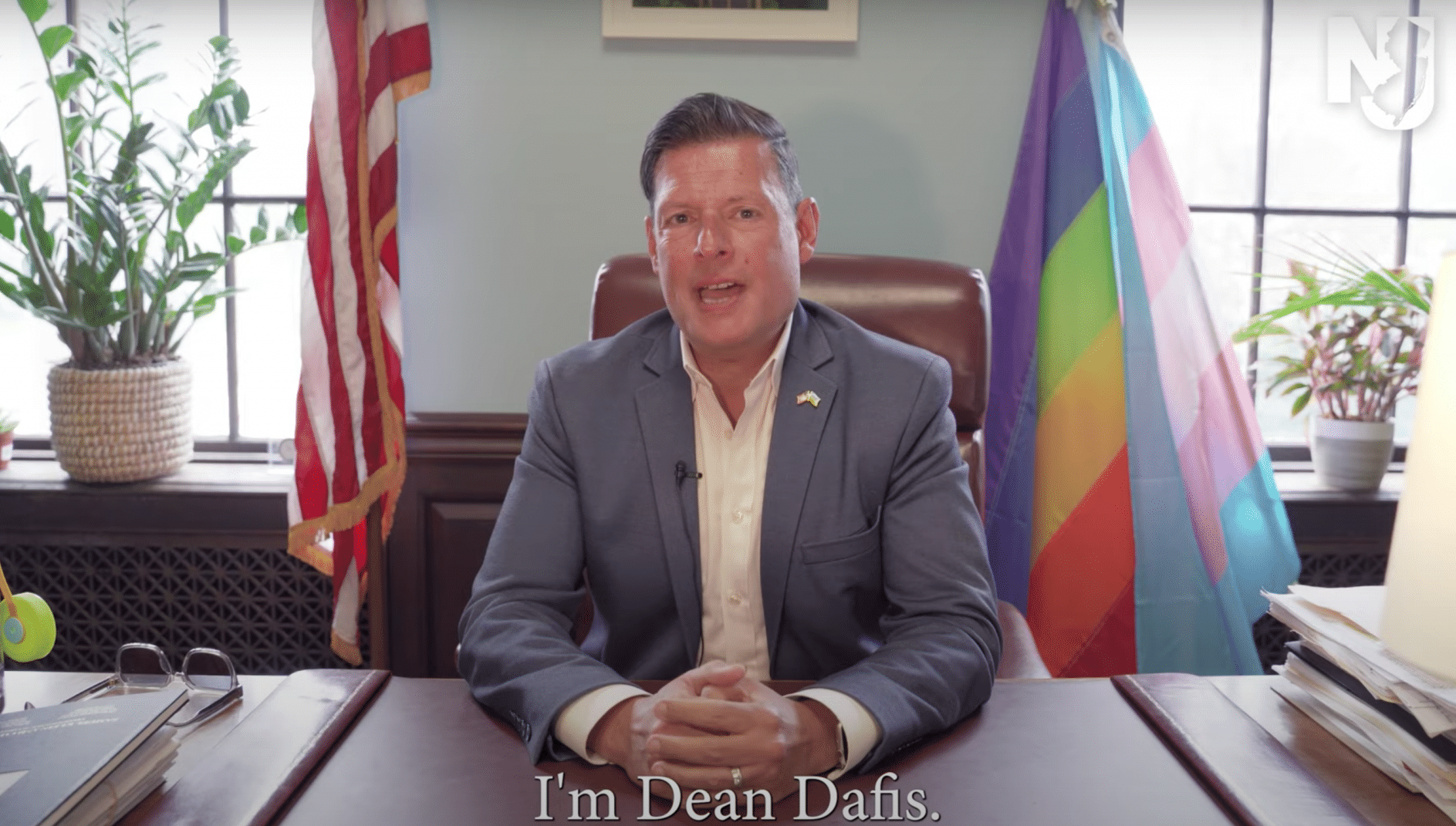After former Maplewood Mayor and current Township Committee member Dean Dafis shared news of his mini-stroke earlier this year, he has continued to educate the public about his condition and good practices for heart health and preventative, proactive care. Dafis recently announced that he will be undergoing open heart surgery on April 11. Read Dafis’s message to the public here:
Many years ago when I was young and spry, I collapsed during a routine Road Runners run in Central Park. I was diagnosed with a congenital heart condition known as bicuspid aortic valve, aka BAV, and have been monitoring my condition since then via annual checkups with the cardiologist and my physician.
Approximately two percent of the world’s population has BAV. It is the most common congenital heart condition. The cause of BAV remains unknown, but what we do know is that the aortic valve isn’t properly developed or formed with the necessary three leaflets or openings to efficiently moderate the flow of blood through the heart and body – a BAV has only two leaflets which overtime harden causing stenosis of the valve, regurgitation (meaning blood is leaking back into the heart), and eventually an aneurysm of the aorta, meaning a dilated aorta that could potentially rupture and end life instantly, if not treated.
BAV patients can lead long and healthy lives with annual monitoring of their condition, but open heart surgery is eventually inevitable to repair the valve. The average age range of necessary BAV surgical intervention is 50-65 years of age depending on other individual health or lifestyle factors. The aortic valve is replaced either by a mechanical one which requires lifelong blood thinners to sustain health or by a bovine one which has a shorter shelf life — typically anywhere from 10-15 years — and which therefore requires a second open heart procedure to replace it.

Dafis, during his two-year term as Maplewood Mayor.
These interventions are common in older BAV patients. In younger (and otherwise very healthy ) BAV patients, a more complicated procedure called the Ross is used according to which the patient’s own pulmonic (or pulmonary) valve is swiped for the faulty aortic valve, and a pulmonic valve from a human cadaver is inserted. There is a far less chance of rejection this way and amazingly, within weeks of the procedure, the repurposed pulmonic valve (normally smaller and under far less stress in supporting our lungs when compared to our aortic one that is constantly, rhythmically pumping and oxygenating lots of blood through our entire bodies) starts growing and forming into an aortic one — our bodies are truly remarkable! Ross is named after the heart surgeon who pioneered it back in the late 70s / early 80s, though it remains the far less common aortic valve replacement intervention. Ross patients are also far less likely to experience infection, clotting or stroke post op. It offers many advantages over the other two interventions and is the best option for long-term life expectancy for eligible patients.
Next week on April 11, should my pulmonic valve look good enough to take on a new role (something we won’t know until my heart is opened that day), I will be undergoing a Ross (otherwise a bovine valve replacement will happen). For 8-12 hours while in the operating room, machines will take over most of my bodily functions including my heart’s.
I’ve never been separated from my heart. Even at an early age, I have always led with my heart, keenly aware of its rhythm (and my bicuspid characteristic murmur which I can hear late at night when lying quietly in bed), connected to my pulse and inspired by all of the bleeding love pulsating inside of me. It’s also very strange that someone other than me is going to be able to manipulate my heart when I have had exclusive rights to it for 54 years, making it beat faster or slower, expand or wane in love or fear, bleeding and clotting on demand.
But apparently the time has come for a repair. In late January this year while driving home from work on the Turnpike, I was unexpectedly overcome with vertigo, became disoriented, and lost sensation on one side of my body after experiencing a forceful strike of energy radiating through my body – that which I can only compare to the gravitational pull sensation during a roller coaster dip. I’m not sure how I was able to get the car into the shoulder and not crash. In the ER, I was told that I suffered a TIA (a common warning sign of a stroke) and a battery of tests revealed an aortic aneurysm etching into the higher risk category from moderate. That was enough for me, time for the OR!
I’m very fortunate to have access to great healthcare and to one of the best cardiac teams in the nation. I’m most grateful for the support of family — a caravan of Greeks who will be coming to the hospital to visit and raise spirits complete with spanakopita, baklava, and evil eye protector charms — my doting husband who I can’t wait to see when I open my eyes again post op, and hundreds of well-wishing, loving friends and neighbors in SOMA and throughout NJ/NYC.
I will be ok. And after a couple missed meetings or community events, I will be back in action stronger than ever – you’re not done with me, yet! This is a pause not goodbye.
I hope other BAV (or any cardiac) patients feel inspired to reach out and connect. Bleeding hearts need repair.
Dean

